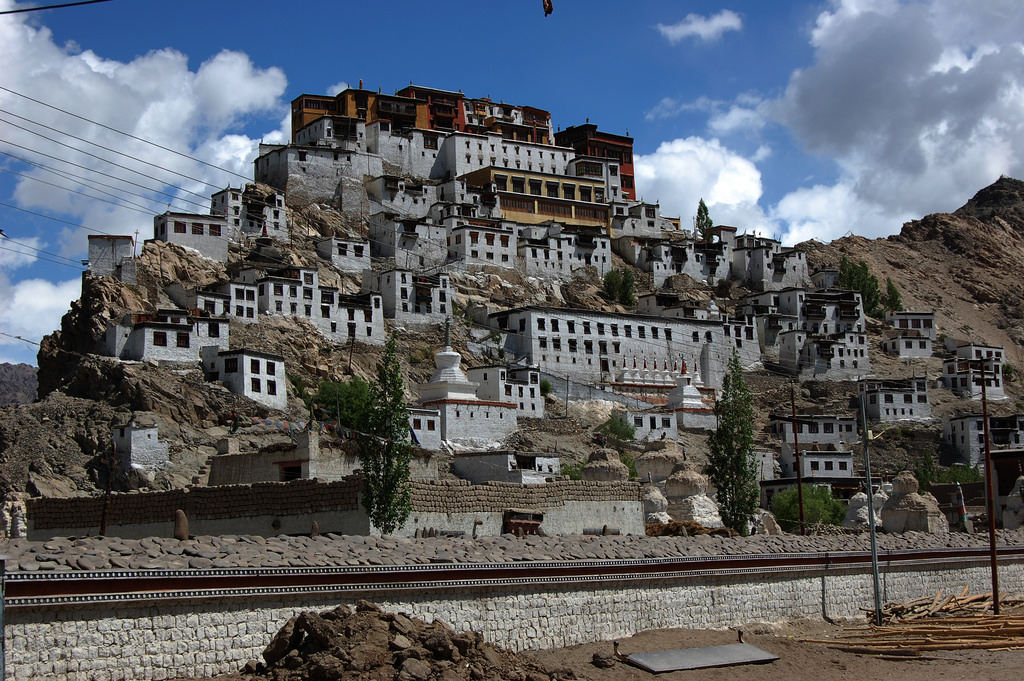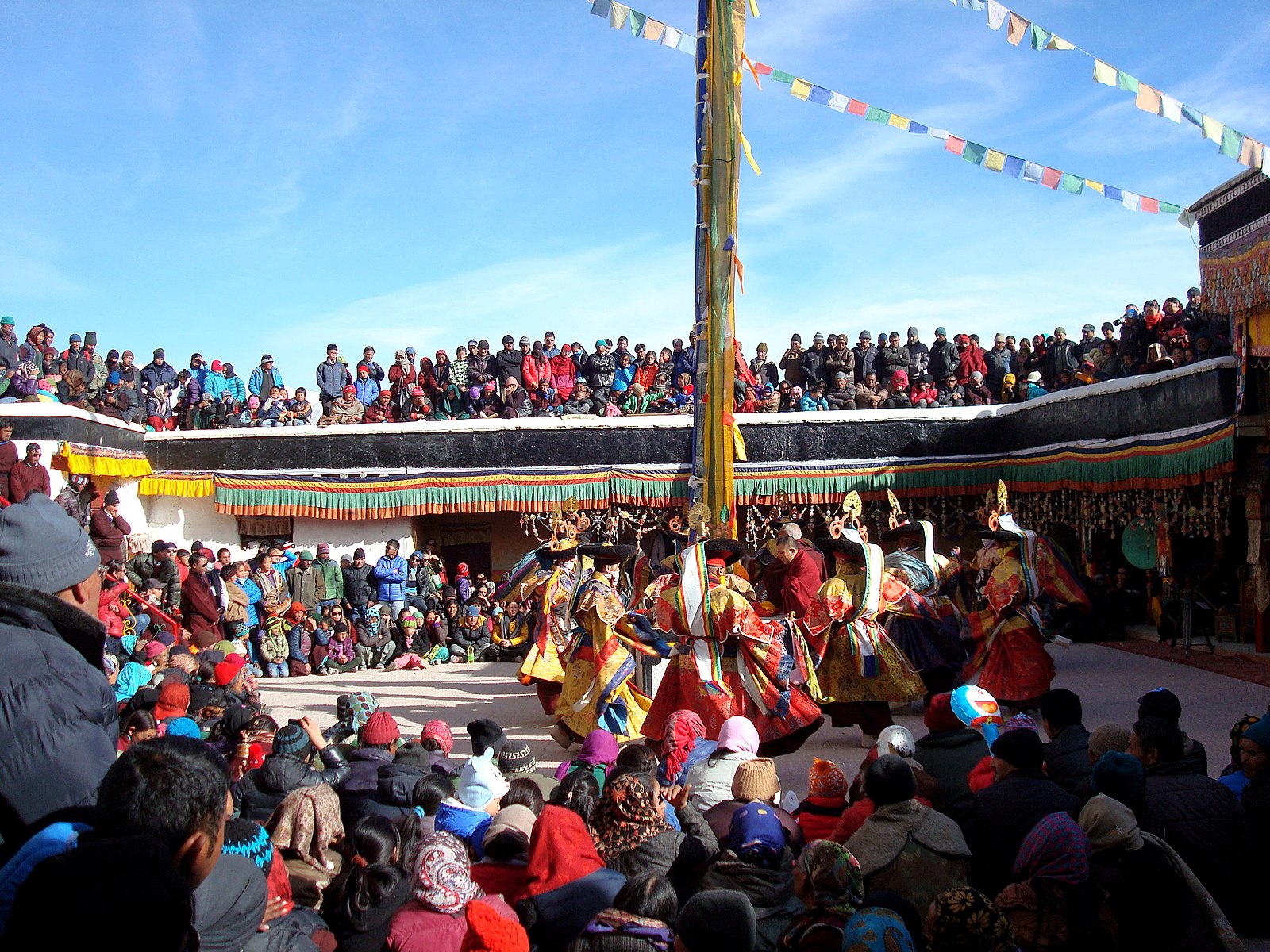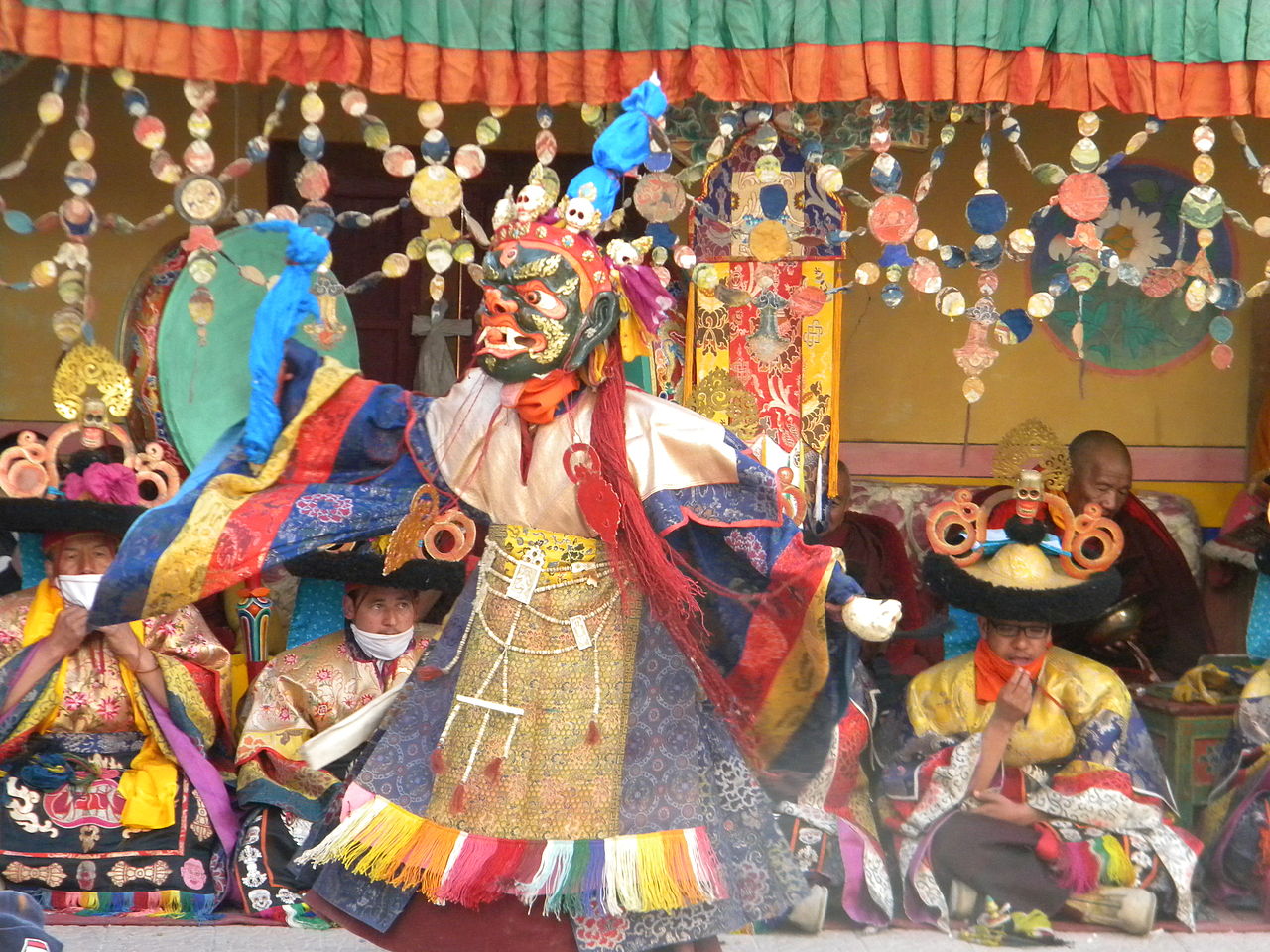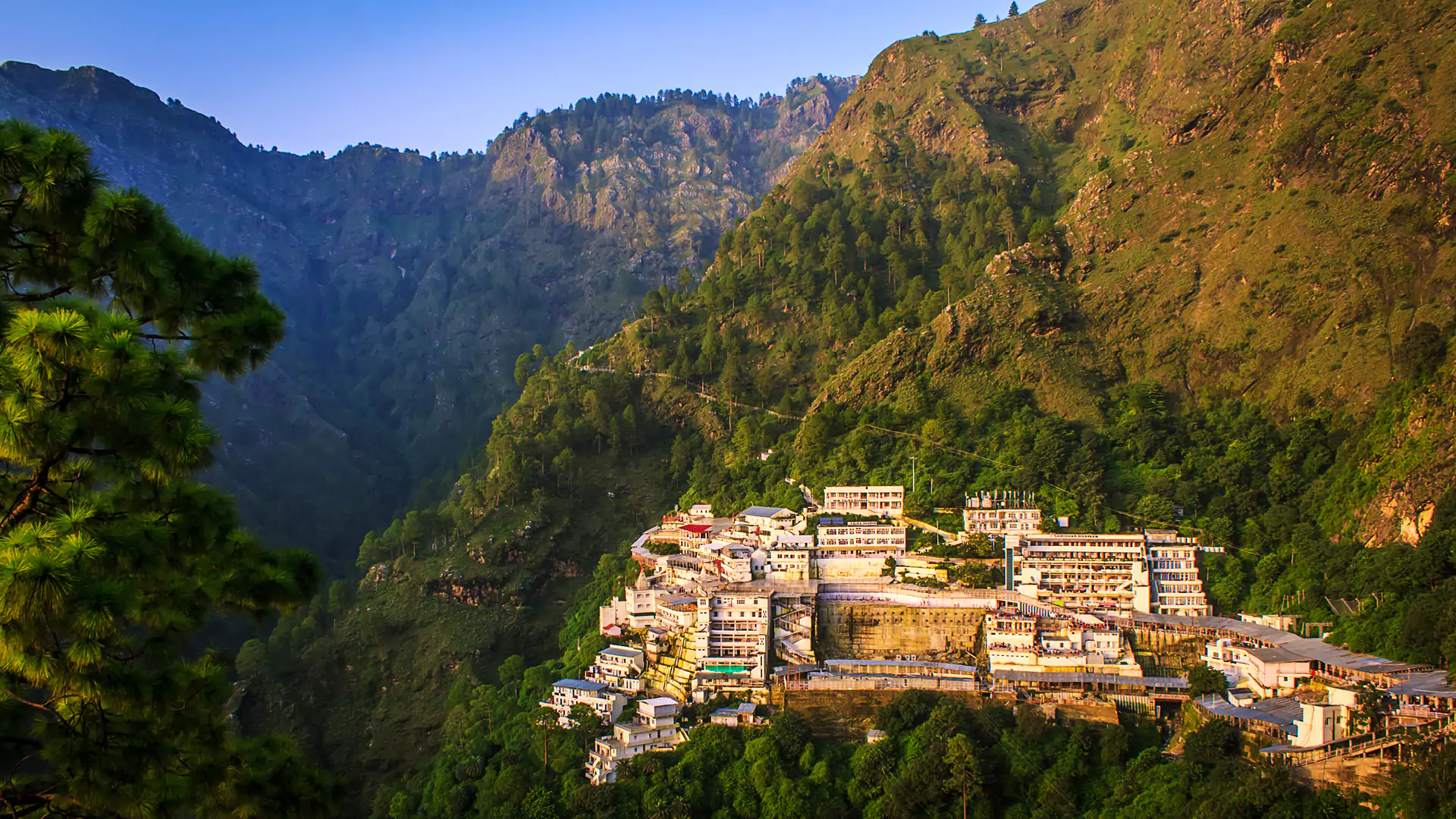
Being an adventurous soul, it’s no surprise that I find solace in the mountain roads and valleys of Leh. The vibrant culture of Leh & Ladakh is a wonder in itself. A population of mountain tribes and monks, the Ladakhi community is steeped in ancient mythology, intriguing history, spellbinding dance, esoteric prayers, and songs. Every time I have had the good fortune to bear witness to festivals and celebrations in the region, I have felt complete and whole. Of all the festivals I have seen and been a part of, the Thiksey Gustor is one festival I find truly fascinating. The best part is that it happens in early winters. This is usually a quiet time for tourism and I find the lack of crowds refreshing.
Introduction to the festival
My first and only experience of the Thiksey Gustor festival was prompted by my curiosity regarding the name. My occasional visits to Leh and Ladakh as a trekker had led to a solid relationship with some of the locals. In one such friendly gathering, I heard the mention of Thiksey Gustor Festival and to sate my curiosity, I volunteered to join my pals in their excursion. The word ‘Gustor’ in Tibetan (as I was told) means ‘sacrifice’ and the festival takes place in the famous Thiksey monastery. Hence, the name. The Thiksey monastery, presided by the Gelukpa order of Buddhism, is about 18 Km from Leh and is the designated primary venue of the festival. The two-day event is full of religious rituals, folk music, traditional dance, etc. held across three important locations- Thiksey, Spituk, and Karsha.
Thiksey Gustor usually takes place in autumn, between the months of October and November, when the weather is cool but warm enough for people to enjoy the outdoors. You can take a cab from Delhi to Leh if you have time on your hands and want to enjoy the journey by road.
The ceremonies
A special morning prayer marks the commencement of the festival, with the monks chanting the Buddhist Sutras in a synchronized manner, so much so that it can put you in a trance. After that, the real ceremonies start. The elders then offer a concoction of some sort to invite the guardians of four quarters (north, south, east, and west). It is an ancient belief that this offering evokes the gods to come and witness the mask dance which follows. The traditional Black Hat dancers perform the mask dance. The highlight of the entire festival, however, is its climax. At the end of all rituals, a special ceremony called ‘Argham’ or ‘killing’ takes place. The Black Hat dancers destroy a ‘sacrificial cake’ or Torma and distribute it among the people, marking the end to the festival.
The ritualistic dance that I witnessed is usually an enactment of the mythological story of the King Lang Darma of Tibet who betrayed his people and was eventually slain by a monk in the 9th century. Dancers wear elaborate costumes and masks representing the Guardians, Protectors, Gods, and Goddesses, and act out the story of the assassination. Through their rituals, they happen to transfer all negativity and dark spirits to the effigies, and at the end, they burn these effigies of evils, to symbolize the power of good over evil.
This last part reminded me of the Ravana Dahan during Dussehra, considering the sentiment of the ritual is the same for all.
Early morning prayers at the monasteries inaugurate both days of the festival, setting the tone for what follows. Ladakh is everything serene and magical, and full of wonders. Their festivals like the Thiksey Gustor just add a colourful charm to the rugged landscape, making it look picture perfect! If you wish to see nearby places, you can book a taxi in Ladakh and travel in comfort.
Last Updated on October 24, 2018 by aditya





